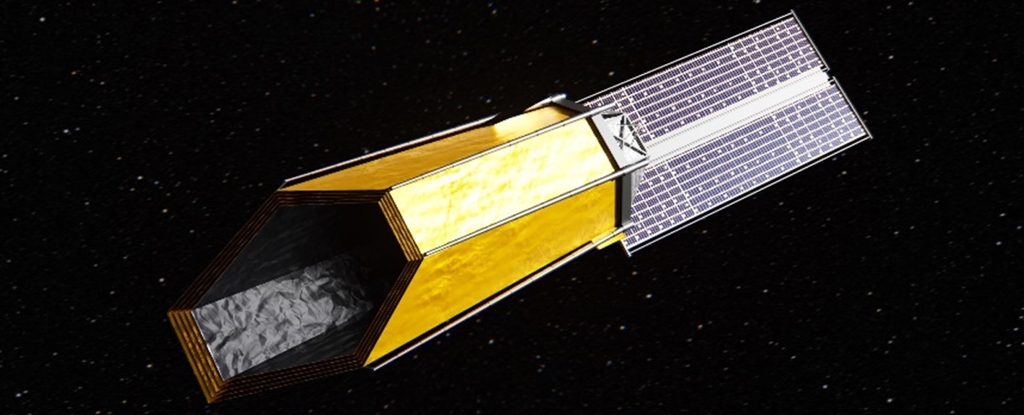Products You May Like
NASA are planning on building a telescope to hunt for habitable worlds.
The imaginatively named ‘Habitable Worlds Observatory’ is at least a decade away but NASA have started to develop the underlying technology needed.
The contracts have been awarded to three companies to research the next-generation optics, mission designs and telescope features at a cost of $17.5 million. Work should begin late summer 2024.
The Habitable Worlds Observatory (HWO) is a mission to launch a large space telescope with the main purpose of directly imaging Earth-like planets around stars like our Sun.
It will also be able to study their atmosphere to look for chemical signatures for signs of life. The mission is very much in its early planning stages with working groups looking at the science goals and how to achieve them.
It is thought that, based on existing exoplanet research, one star in every five is likely to have an Earth-like planet in orbit around it.
Of course the whole premise of searching for live in the Universe relies on that life being somewhat similar to our own. There may well be life based on a whole different chemistry but if we are to find life then we may as well look for life like ours rather thank take a punt on something completely different.
To that end HWO will be on the lookout for chemicals like oxygen and methane and other signatures that hint at the presence of life.
In January of this year, NASA requested proposals that will drive and advance the necessary technologies that will be needed for HWO.
This may sound a simple ask but taking into consideration what will be needed such as a coronagraph thousands of times more capable than existing to block out light from the host star and an optical system that can remain stationary to the accuracy of the width of an atom during an observation and you realise the challenges ahead.
Following on from the first phase, NASA has now selected three proposals for two-year fixed price contracts that total a staggering $17.5 million. Sounds like a lot of money but Hubble cost $16 billion to develop and launch.
The work is scheduled to begin by late summer 2024. Together the contracts will deliver a framework of technology that will support the next phase of the HWO development and include:
- Modelling and sub-systems for an ‘ultra-stable’ optical system far beyond current capability. This will be delivered by BAE Systems.
- Develop necessary integrated modelling infrastructure that can navigate and compare design interdependencies. This element will be delivered by Lockheed Martin.
- Advance the technologies need to support telescope operations such as deployable optical baffles to reduce stray light ingress and structural support for the optical train. This final element will be delivered by Northrop Grumman.
NASA will of course be in control the whole way through and the output will enable them to plan for the development and build phase of the mission. The work is not being completed in isolation though as there are learnings from the James Webb Space Telescope and the future Nancy Grace Telescope too.
This article was originally published by Universe Today. Read the original article.
